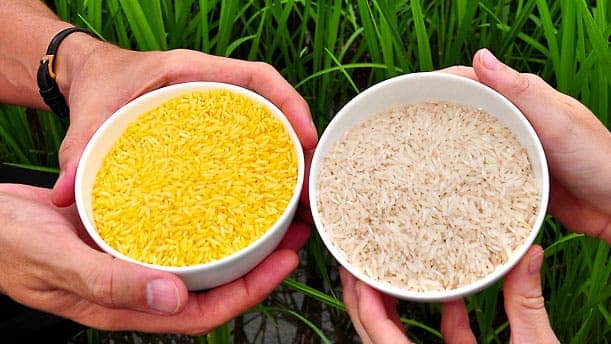- Scientists debate on genetically engineered foods ending world hunger.
- In 1999, the US, Argentina, and Canada dominated global crop production, with genetically engineered crops, but these crops did not alleviate world hunger.
- Research indicated that genetically engineered crops often yielded less than conventional varieties.
Scientists debate on genetically engineered foods ending world hunger.
In 1999, the United States was the dominant player in the global crop landscape, contributing a staggering 72% of all crops. Argentina and Canada followed, making up 17 percent and 10 percent, respectively.
Together, these three nations represented a staggering 99 percent of the world’s genetically engineered foods.
READ ALSO: Evolution of technology: Scientists envisage different lifestyles for humans in 2050
Genetically engineered foods cannot end world hunger
Proponents of biotechnology, including Monsanto, have consistently argued that genetic engineering is essential to meet the demands of a growing global population.
However, despite the cultivation of nearly 100 million acres of genetically modified crops, there has been no discernible impact on alleviating hunger.

The increased production of genetically engineered foods has not translated into more food for the world’s underprivileged; instead, a significant portion of these crops is channeled into livestock feed, such as transgenic soybeans and corn.
Amidst the contentious debate on genetically modified foods, Rachel’s Environment and Health Weekly has emerged as an independent voice. In 1999, the journal observed that neither Monsanto nor any other biotech company seemed to be developing genetically engineered crops that could address global food shortages.
If these crops were truly intended to feed the hungry, they should possess specific traits:
- The ability to thrive in substandard or marginal soils.
- Increased production of high-quality protein with higher per-acre yields, without the need for costly inputs like machinery, chemicals, fertilizers, or excessive water.
- Favorable traits for small-scale farms over large industrial operations.
- Accessibility and affordability without restrictive licensing.
- Focus on crops for direct human consumption, rather than animal feed.
Rachel’s reported that none of the genetically engineered crops met these criteria. Thus, the genetic engineering revolution was not geared toward feeding the world’s hungry.
Contrary to expectations, evidence suggests that genetically engineered (GE) plants may lead to lower yields. In 1999, Professor Ed Oplinger, an agronomy expert at the University of Wisconsin, compared soybean yields in the top 12 soybean-producing states. He found that genetically modified soybeans yielded 4 percent less than conventional varieties.
Further studies comparing Monsanto’s transgenic soybeans, the world’s most widely grown GE crop, with conventional varieties under similar conditions showed nearly a 10 percent reduction in yield for the genetically engineered soybeans.
Despite this research, Dick Goddown, vice-president of the Biotechnology Industry Organization, continued to assert that genetic engineering represented humanity’s best hope for feeding a growing global population.

READ ALSO: Nike invents Aerogami jacket that responds to user’s body temperature to keep them cool
Equipping the Harvest: Must-Have Tools for Agricultural Producers
In other news, harvesting crops can be a difficult but rewarding job for agricultural producers — and the right tools make all the difference. Whether you are growing fruits, vegetables, or grains, having the right equipment is essential to making your harvest as productive and efficient as possible.
Here are some of the must-have tools for agricultural producers. Every experienced producer should have these tools in their arsenal.
Remember, the specific tools needed can vary based on the type of agricultural production and the scale of the operation.
